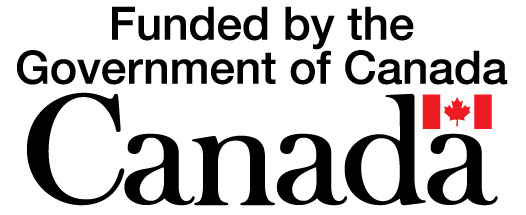Current Temperature
12.7°C
Hudson’s Bay stores closing their doors
Posted on April 10, 2025 by Sunny South NewsDear Editor:
The Hudson’s Bay company was established in 1670 by a royal decree from King Charles II and was granted monopoly rights over 3.9 million square meters of land stretching all the way from northern Ontario to the prairies, and from the Arctic down into what is now northern United States. This was known as Rupert’s Land and HBC was a de facto government there for two centuries. The English and French were battling for control of the continent and the Hudson’s Bay Company played a big role.
The Indigenous trappers would bring beaver pelts and other animal furs to a nearby outpost where they could trade them for essential goods like tools, cookware, weapons and eventually the iconic point blanket, which has Indigenous women, which contributed to the beginnings of a distinct Metis culture, particularly areas of the Red River Colony. Rupert’s Land was bought by the Dominion of Canada around 1870, and in the early 20th century HBC emerged as the retail giant that Canadians know today. Opening major flagship stores in Winnipeg and Toronto, years of success followed. Eventually, HBC began to take over other department stores like K-Mart, allowing them to carve out a sizeable segment of the department store landscape.
As Canada entered the 21st century, the success of the department stores began to decline. Simpsons, Eaton’s, and Sears had all gone under but The Bay, known at that point, managed to stick around until today. HBC is owned by an American holdings company, which also owns Sak’s Fifth Avenue and previously owned Home Outfitters and Lord and Taylor.
Furthermore, HBC is famous for its product point blanket and the HBC Stripe brand, predicting that these can be picked up by other companies.
When Lydia and I resided in Lynn Lake, Manitoba in 1976 we purchased various kitchen appliances from The Bay that included a Westinghouse freezer that lasted for more than 45 years.
Paul Jones, Coaldale
Leave a Reply
You must be logged in to post a comment.

